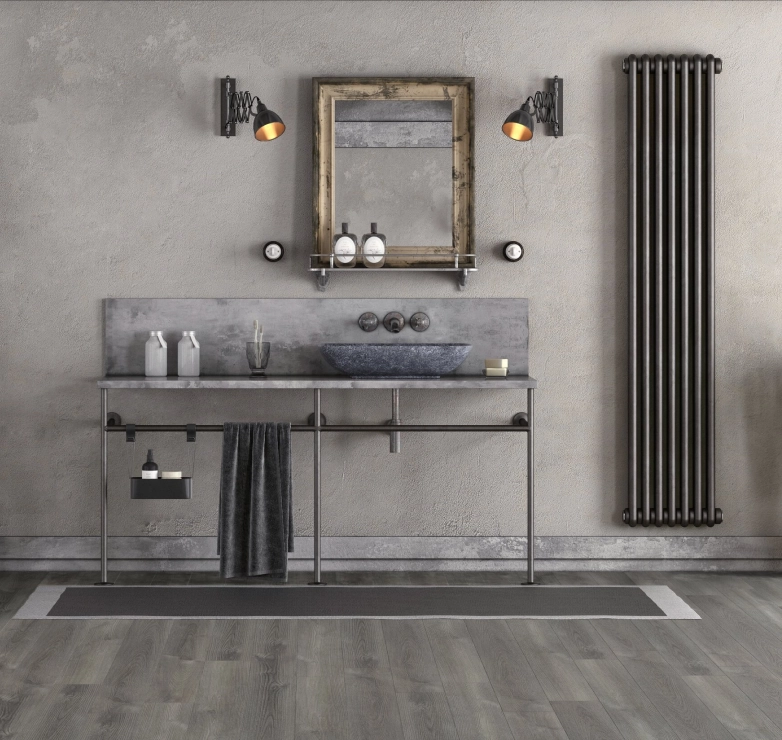Wood flooring is a layered topic that doesn’t just begin and end with a colour and wood species. There are many specialist terms you will hear when looking for hardwood flooring for your home, one of which will be ‘wood flooring grade’.
It’s important to have a firm understanding on wood grades before you purchase so that you can make an informed decision.
In this blog, we’re going to break down exactly what ‘grade’ means, the different types of wood flooring grade available for your home and which might be best for you.







